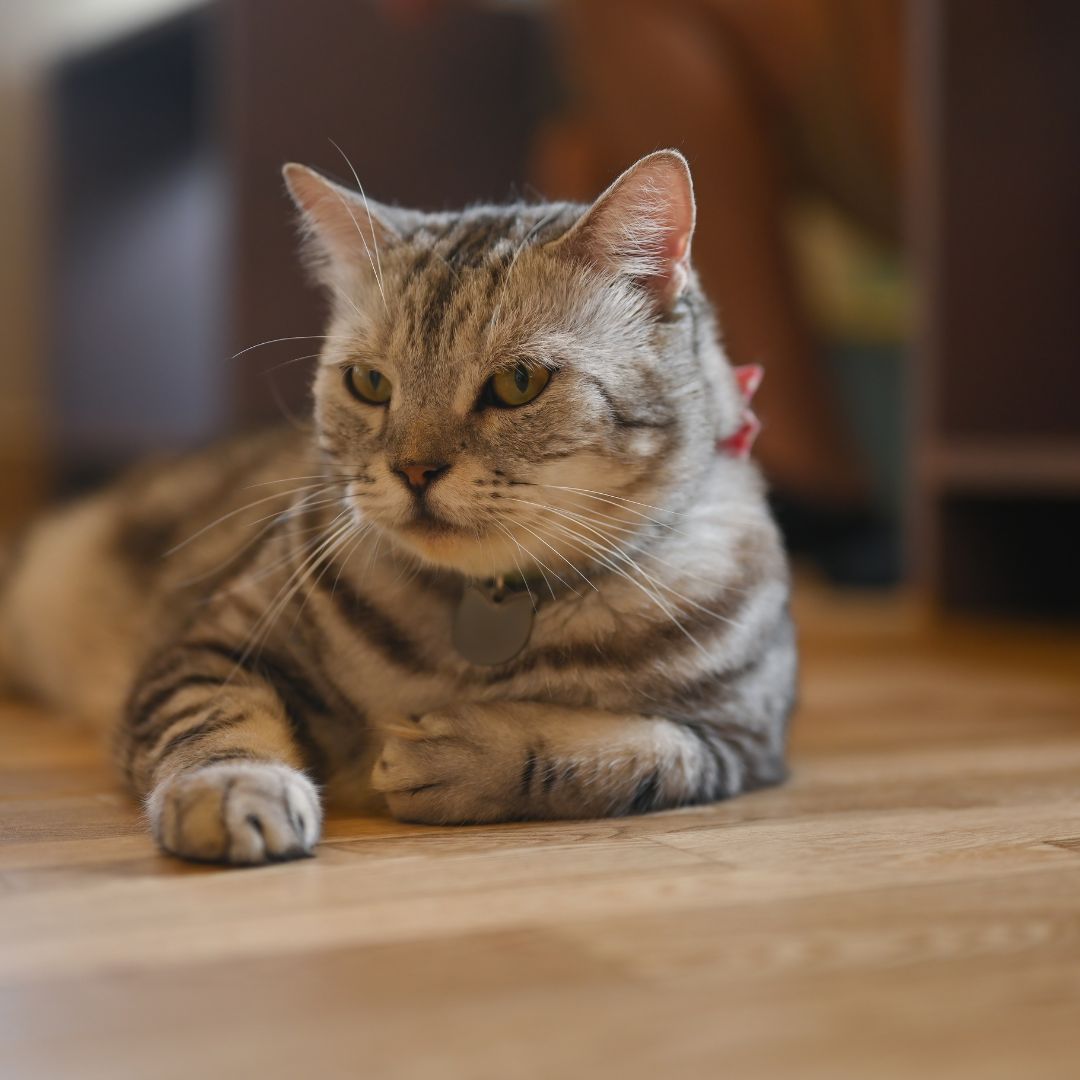
4 Reasons Why Cats Purr
Share
Cats, unlike dogs, are often seen as independent creatures, generally content with their own company. Thus, it's usually us, their human companions, who seek their attention and crave their affectionate responses to our gestures of care.
There's a profound satisfaction in eliciting displays of love and affection from our feline friends through their unique means of communication. For many, the gentle rumble of a cat's purr is akin to heavenly music, a signal of their happiness and contentment.
While it's commonly believed that purring signifies a cat's contentment, there's more to it than meets the eye. Although the exact reasons for why cats purr remain somewhat mysterious, there are several theories worth exploring.
Admittedly, there are exceptions to every rule, and some cats revel in cuddles and constant attention from their human guardians. However, it's fair to say that such behavior is less common. Many cats express their joy and satisfaction through purring rather than seeking physical closeness.
Purring in cats originates from their larynx, often referred to as the soundbox. It's a result of the movement of muscles in the larynx, which constrict and dilate the glottis, a part of the larynx surrounding the vocal cords. As the cat breathes in or out, the air passing through this vibrating glottis creates the familiar sound we call a purr.
While scientists have a good understanding of the physical mechanism behind purring, the exact reasons why cats purr are still a subject of curiosity and study.
Healing, also known as the Purr Therapy
One of the primary purposes of purring seems to be healing, often termed as "Purr Therapy." Cats may purr voluntarily, but it can also be an instinctive response. They emit soft, rumbling purrs to self-soothe when they're stressed or injured, similar to how humans may find relief through crying when experiencing distress or pain.
Purr therapy is recognized for its potential to aid in bone healing and tissue regeneration, attributed to its frequency of around 26 hertz. This vibration range is believed to facilitate healing processes. Just as bones become stronger through pressure or exercise, the vibrations produced by purring may work similarly to stimulate bone strength.
Cats instinctively purr even when idle or resting to prevent their bones from weakening. This suggests that purring serves as a form of bone stimulation, even during routine activities like lounging or waiting to hunt.
Communicating their emotion
It's a cozy day, with your cat nestled on your lap, and as you stroke them gently, you're met with the continuous sound of their purring. It's undeniably one of the most gratifying sensations.
Cats purr in these moments to express their contentment and relaxation, signaling to you that they feel calm and pleasant in your presence. Additionally, they may purr as a way of communicating their desire for you to continue petting them, indicating their enjoyment of the affectionate interaction.
If you pay close attention, you'll notice variations in your cat's purring depending on the situation. When they're simply lounging and enjoying your strokes, their purr tends to be soft and mild. However, if they're trying to convey a message, such as hunger, their purr may become more urgent and less soothing, serving as a form of communication to get your attention.
Moreover, cats may also purr to calm themselves down following stressful situations, such as being chased by a dog. The soothing vibrations of purring can help them regulate their emotions and restore a sense of calm.
Additionally, cats may use purring as a way to call for attention from their human companions, signaling a desire for interaction or companionship.
Calling for attention
Many animals are born with limited vision and hearing abilities, which only develop fully around two weeks after birth. During this crucial period, purring proves to be invaluable for baby kittens.
Young kittens rely on purring to communicate with their mother, using it to signal their location and remind her when it's feeding time and they're hungry. This early communication helps kittens establish a bond with their mother and ensures they receive the care they need to thrive.
As cats grow older, some may continue this behavior into adulthood, using purring as a way to communicate with their human caregivers, particularly to indicate mealtime. This instinctive behavior persists from their early days of relying on purring to attract their mother's attention for nourishment.
Greeting
When you return home after a long absence, whether from a vacation or a day at work, and your cat greets you with purring, rubbing against your legs, and moving around, they are expressing their joy at your return. It's their way of welcoming you back and letting you know they're happy to have you back home with them.
Just as humans don't only shed tears in sadness but also in moments of happiness, it's unwise to assume that cats only purr for one reason, namely pleasure. By observing your cat's behavior and the context in which they purr, you can gain insights into the reasons behind their purring. This keen observation allows you to understand the specific triggers that prompt your cat to purr, whether it's to express contentment, seek attention, or communicate their emotions.
